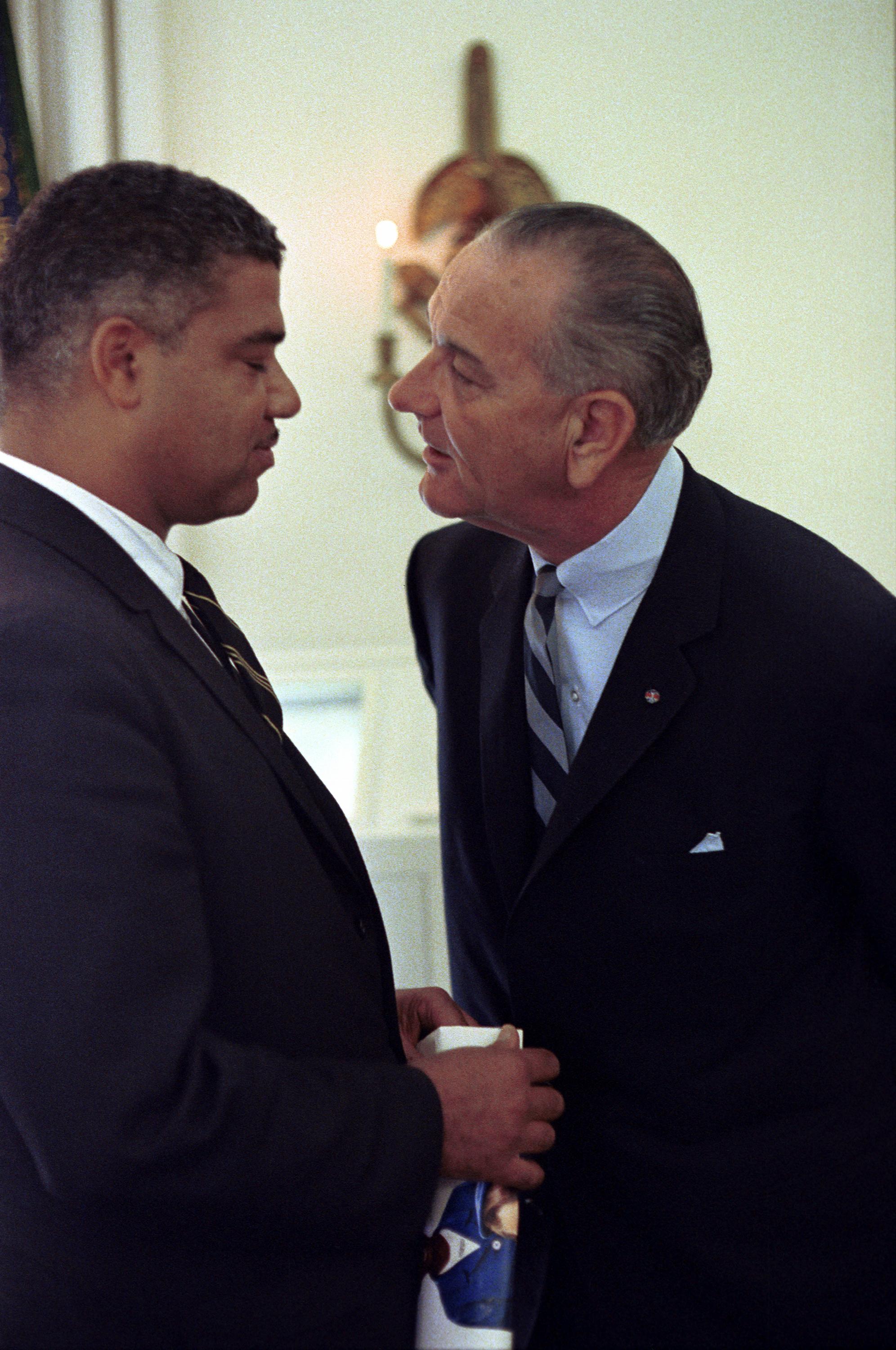Nathan Wailes - Blog - GitHub - LinkedIn - Patreon - Reddit - Stack Overflow - Twitter - YouTube
One-on-one persuasion (Rhetoric)
- Getting in the person's personal space
- The Johnson Treatment
- Images of Johnson getting in someone's personal space:
- Bryan Cranston demonstrating the Johnson Treatment for Jimmy Fallon
- I was actually pretty impressed with this demonstration.
- He uses the "two steps back, one step forward" technique that Style mentions for escalating: he sits up on the desk and gets close, then leans back away from Fallon, then leans in even closer.
- He uses whispering as an excuse to get in close.
- He gets in close when on "friendly" terms. (Although in many of the photos it appears that Johnson was not getting in close on friendly terms.)
- He uses his position of power relative to the person he's speaking to to get them to comply with him getting in close.
- So basically this is a way for him to take his existing power over someone and amplify its effect.
- Images of Johnson getting in someone's personal space:
- Seinfeld - Close-Talker
- The actor who's doing the close-talking (Judge Reinhold) is apparently 6'2", while Johnson was ~6'3"- 6'4".
- Countermeasures:
- Comment on the Seinfeld video: "I had run-ins with close talkers. Just cough, fake a sneeze, or lick their nose and they'll back off."
- The Johnson Treatment
- Cutting off the other person while they're speaking
- Albert Thomas gets the “Johnson Treatment” (recording)
- Acting displeased with the other person / acting like the other person has committed some social error
- This is a technique Style mentions.
- That famous scene in Goodfellas is an example of this. ("Funny how?")
- 2002.05.09 - NYT - Remembering the Johnson Treatment
How could the Secret Service, I wondered for a moment, let the neck of the president of the United States be exposed to a barber's shears? But I only blurted something obvious, like ''Thanks for seeing me.'' Johnson didn't reply. He just stared at me from under heavy, lowered brows, across the sheet littered with his hair clippings. I shuffled from one foot to another; still he said nothing, nor did he even move, as the seconds came to seem minutes, then hours.
I had thought I was on easy terms with the senator, then the vice president. But was this the same garrulous man I had known -- this silent, staring president? Whoever it was, I was quickly intimidated, unnerved, reduced to a sort of nothingness by those unblinking eyes, that jowly familiar face turned implacable, that motionless form under the barber sheet, the brooding silence in which I was being regarded, or perhaps measured.
I shuffled and writhed. He still said nothing. Finally I knew I was beaten, and to my shame I mumbled some banality about the nation's good fortune in having such a man to take over. Only then, as if just noticing my presence, he whipped off the barber sheet, stood up and spoke, as if those interminable moments had never happened.
Forty years later, whenever I remember that first interview with a new president, I still feel diminished by my small experience of the Johnson Treatment.
Misc links
- The Johnson Treatment
- “When that man started to work on you, all of a sudden, you just felt that you were standing under a waterfall and the stuff was pouring on you.” – Robert Dallek

















